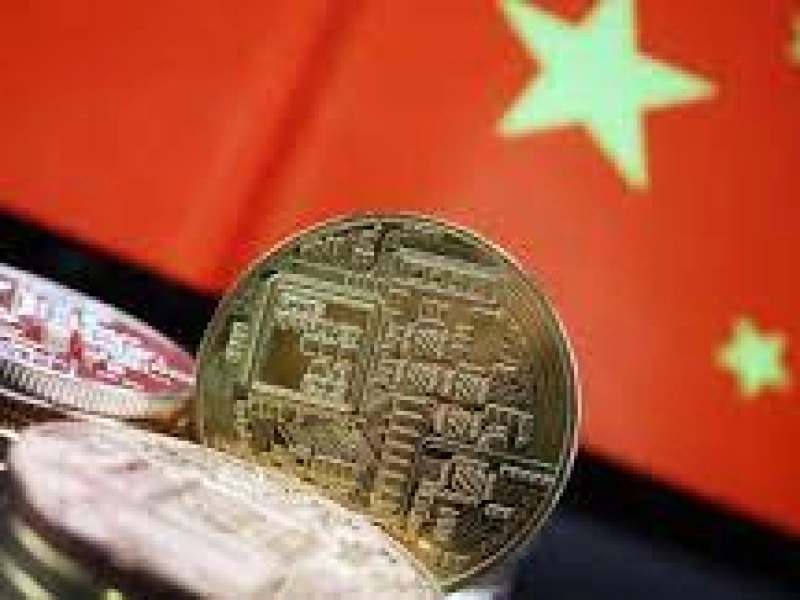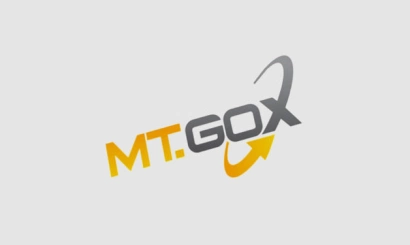"China's Ether. What is Conflux and why it was supported by Chinese authorities
We tell how the project's infrastructure is set up, how developers manage to achieve partnerships with large technology companies, and what led to the growth of the CFX token
In April, major cryptocurrency exchange Binance and decentralized platform Uniswap announced their support of a new blockchain - Conflux. Behind its development is a team with the open support of the Chinese government, where the project's infrastructure is being implemented in major technology companies, and the market capitalization of the native token Conflux is approaching the $1 billion mark.
Investments and partnerships
Conflux Network is incorporated in Singapore, but its investors and all key employees are from the Chinese tech elite or have roots in mainland China. Founded in 2018, the developers have raised $40 million from investment funds including Sequoia China and Baidu Ventures. In late March, DWF Labs made a $10 million purchase of CFX tokens directly from the company, which was also a strategic investment in the project.
Fang Long, an associate professor of computer science at the University of Toronto, and Andrew Chi-Chih Yao, China's only Turing Prize winner, are behind the development of Conflux as the project's chief scientist. At least 10 of the company's development team graduated from the computer science program at Tsinghua University, sometimes called the "Chinese MIT.
Conflux blockchain went live in 2020, and since then, more than 300 platforms, brands, and companies have used it, according to the developers. In 2023, the company partnered with China Telecom, China's second-largest telecom operator, to create the "first SIM card on blockchain" and the popular social network Xiaohongshu to introduce NFT technology. The social network has 200 million users and is considered the Chinese analog of Instagram (the social network belongs to Meta,
Conflux works on the Tree-graph consensus algorithm, a kind of hybrid between Proof-of-Work (PoW), on which Bitcoin operates, and Proof-of-Stake (PoS), which Ethereum or Cardano use. According to the developers, the network can process up to 3,000 transactions per second, while maintaining a high level of security and reliability. The blockchain has two subnets - Core and eSpace, which is used for decentralized finance (DeFi) applications. The Conflux blockchain is already running a CNH stablecoin pegged to the yuan exchange rate, and another "stablecoin" pegged to the Hong Kong dollar is expected in the future.
When the developers announced the partnership with Uniswap, they stressed that projects operating in currencies other than the U.S. dollar would benefit markedly from it. "This is especially relevant for Asian projects, which can now use CNH for settlements without worrying about currency fluctuations," Conflux Network wrote on social media.
Government support
The developers themselves call Conflux the only regulatory-compliant blockchain in China with an indigenous Chinese team. They stress that the project has never conducted any form of ICO (Initial Coin Offering) banned in China. In 2021, the Shanghai government gave Conflux Network a grant of more than $5 million. The company later received approval from Hunan provincial officials, with whom it was able to reach an agreement to incorporate its infrastructure into the government's document management and administrative data verification system.
In China, government approval often allows a company to gain access to lucrative contracts in the public sector. Building relationships in the country plays an important role in doing business, and such an official endorsement is a notable event whose implications for Conflux go beyond mere PR. "We believe that a positive relationship with Chinese government agencies will be an important element in the global adoption of blockchain technology," Conflux Managing Director Eden Dhaliwal commented to Forkast in 2020 when the team announced solutions for the Hunan administration.
China dominates the global blockchain application market with an 84% share compared to the United Kingdom (11%) and the United States (14%), Conflux representatives wrote in the announcement of the partnership with Uniswap. This, they said, is evidence of a "thriving ecosystem that makes China a critical player in Web3 project development." Regulatory barriers in the U.S. and the EU are expected to boost the growth of the crypto industry in Asia. More than 80 companies plan to open offices in Hong Kong, where the government's loyal attitude toward the blockchain industry "creates a vital link to mainland China," the publication said.
When Conflux raised $10 million in March, Long said in a commentary for The Block that the investment would help the project expand its ecosystem under Hong Kong's new Web3 policy. The Hong Kong authorities have allocated $50 million to accelerate the development of the crypto industry. The Hong Kong Monetary Authority (HKMA) is working on a regulatory regime for Stablecoin with the goal of implementing it in 2024. In addition, local regulators have improved securities regulations, allowing retail investors in Hong Kong access to cryptocurrency futures-based ETFs.
Entry via Hong Kong
Coins from several crypto projects with Chinese development teams rose markedly in April on the back of positive news from Hong Kong. Among the most capitalized assets are Filecoin (FIL), AlchemyPay (ACH), and VeChain (VET). However, Conflux (CFX) token showed the biggest growth, soaring more than 15% in the first week of April alone. The asset has grown in price almost 20 times since the beginning of the year and reacted to each news about a project partnership or, for example, the launch of derivatives for CFX on cryptocurrency exchanges. In the cryptocurrency community, Conflux has established a reputation as the "Chinese Ethereum.
The coins have formed a so-called narrative among crypto investors, which was talked about at the beginning of the year. But the industry's active support of the Chinese authorities also contributes to the rise in asset prices. In April, several events related to blockchain technology and cryptocurrencies were held in Hong Kong, some of which were attended by representatives of the region's administration.
From April 12 to 15, Hong Kong hosted the Hong Kong Web3 Festival 2023, which was attended by about 10,000 visitors, about 100 cryptocurrency companies, and over 300 speakers - representatives of the industry. Co-organizers of the festival were Alibaba Cloud and Amazon Web Services (AWS), Microsoft also became a partner of the event. Hong Kong regulators are also scheduled to meet with banks at the end of the month to discuss banking services for digital asset firms.
Western opinion leaders, including Gemini platform co-founder Cameron Winklevoss and Brian Armstrong, head of Coinbase, the second-largest cryptocurrency exchange, also talk about Asia's growing position in the crypto market. Amid regulatory pressure in the U.S., the latter said he was ready to move the company to another jurisdiction. Former BitMEX chief Arthur Hayes predicted in late 2022 that Hong Kong's policies could bring China back to the crypto market in the future. Cryptocurrency mining and trading in mainland China remain under
- Analysts call the collapse of FTX the catalyst for a new bullish cycle of cryptocurrencies
- "Your Own Bank. When cryptocurrencies will be available to everyone
- Ethereum's stacking value fell by $1.3 billion after the Shapella fork
- Ethereum's rise in price has brought a newcomer to the top 10 cryptocurrencies
- The Future of Cryptocurrencies: What are the Benefits of Decentralized Finance
- SEC warned of a possible lawsuit by cryptocurrency exchange Bittrex
- Blockchain project Chia applied to the SEC for an IPO




_410x245_00e.webp)


